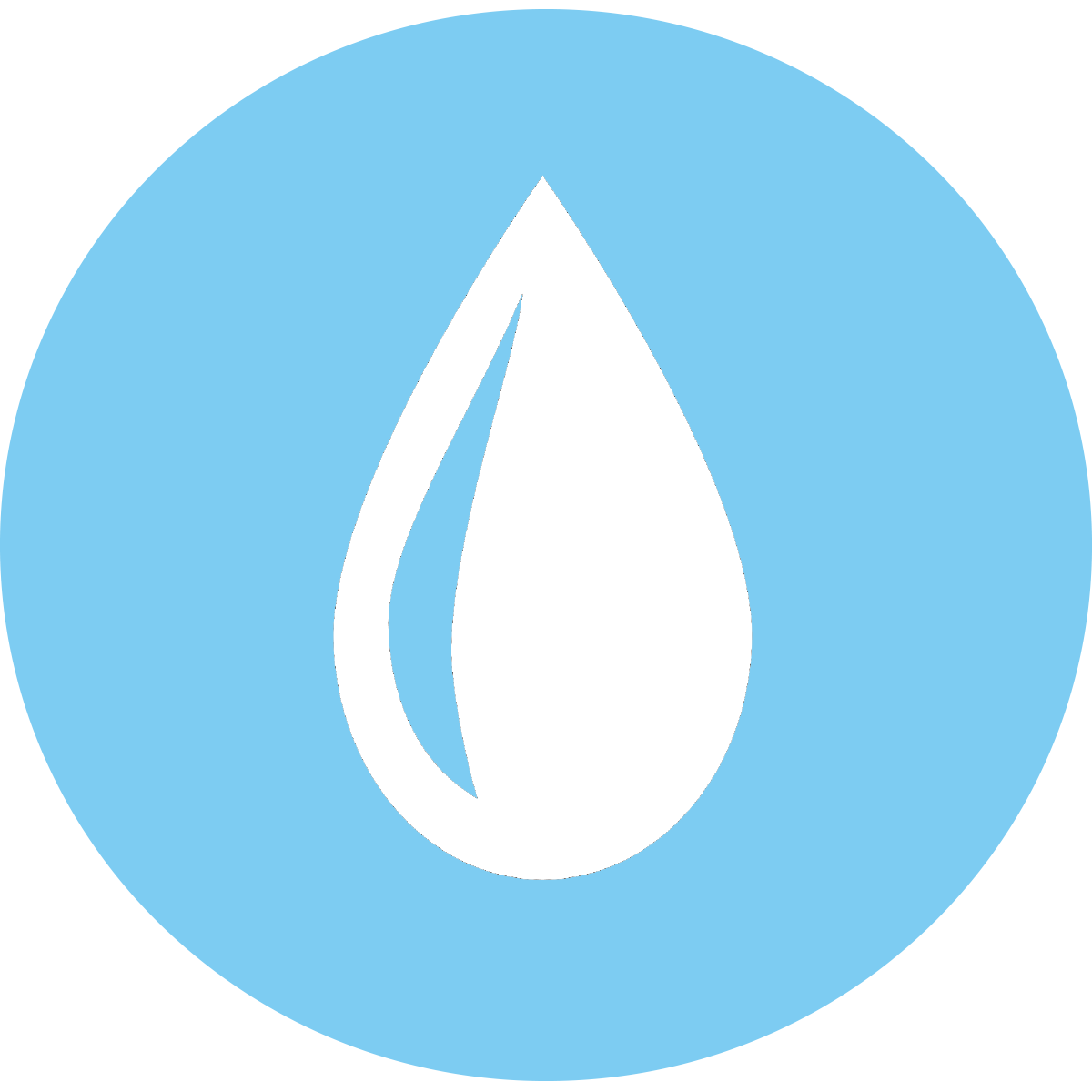Irrigation Efficiency and Conservation
The two primary keys to improving campus irrigation efficiency are control of irrigation timing and efficient water application. EWU has begun the implementation of a central control system to control the application and timing of irrigation more efficiently. Utilizing a wide range of environmental inputs that include evapotranspiration, types of plantings, soils, and slopes, a central control system will significantly improve the efficiency of the campus irrigation system.
Additionally, the irrigation water service should be renovated to consolidate points of connection and supply to the irrigation mainline to reduce the number of backflow prevention devices that require maintenance and annual inspection. The consolidation would include flow control and management to fully understand the amount of water utilized for irrigation on campus and create measurable data to track improvements and water savings. Implementing the central control system campus-wide is the most effective way to reduce water use in the landscape.
Water Re-Use
Several campus buildings have installed sump pumps to remove water from basements year-round. A Wastewater Reuse Plan was previously developed that incorporated new and existing tanks to receive the wastewater for storage and reuse in irrigation. Currently, two buildings have demonstration systems, Patterson Hall and Hargreaves Hall.
These two systems should be evaluated and upgraded to provide measurable data on the amount of water reused and track system efficiency. These two systems are included in the Wastewater Reuse Plan.
Rainwater harvesting and reuse in landscape irrigation should be implemented by capturing roof runoff and holding it in tanks (water reuse) or cisterns for later use, possibly in garden areas.
Stormwater
Effective stormwater management protects water quality, minimizes erosion, and recharges groundwater. Rather than directing runoff from rooftops and pavement into pipes and street gutters, new development and redevelopment should best use topography, soils, and vegetation to slow down, filter, and eliminate runoff.
Stormwater runoff from impervious surfaces should be captured in stormwater swales or rainwater gardens where possible. Bio-swales intercept runoff through check dams and are planted with native species that can tolerate a range of wet to dry conditions. They slow contaminated runoff, allow the vegetation to filter out impurities, provide carbon sinks, and create new habitats for wildlife.
 Principle 5
Principle 5